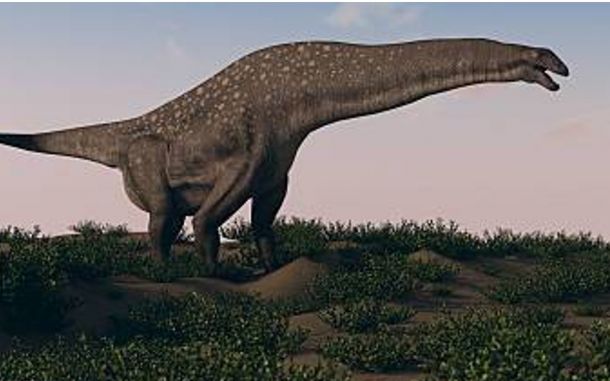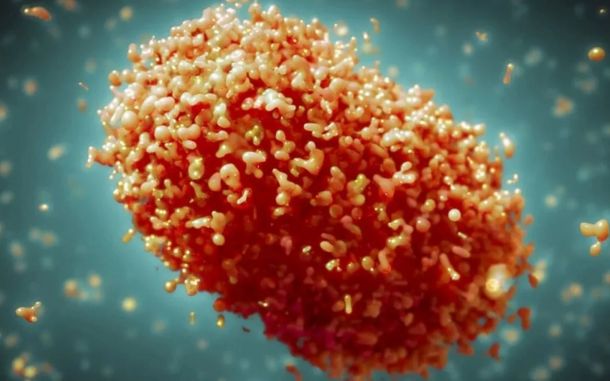Scientists finally finish decoding entire human genome

According to researchers, they have successfully put together the entire genetic code for human life, completing a puzzle that was almost finished two decades ago.
In a study that was published in the journal Science, an international team described the first-ever sequencing of a whole human genome, which is the collection of instructions used to create and maintain an individual. The last attempt, which was well applauded, was lacking in some areas since the DNA sequencing tools of the time couldn’t read those portions. Even after upgrades, around 8% of the genome remained still missing.
“Some of the genes that make us uniquely human were actually in this ‘dark matter of the genome’ and they were totally missed,” said Evan Eichler, a University of Washington researcher who participated in the current effort and the original Human Genome Project. “It took 20-plus years, but we finally got it done.”
Many people, including some of Eichler’s own students, believed it to be completed. “I was teaching them, and they said, ‘Wait a minute. Isn’t this like the sixth time you guys have declared victory? I said, ‘No, this time we really, really did it!”
This comprehensive understanding of the genome, according to scientists, will help humanity better comprehend our evolution and biology and pave the way for new medical breakthroughs in ailments including cancer, heart disease, cancer, and neurological diseases.
“We’re just broadening our opportunities to understand human disease,” said Karen Miga, an author of one of the six studies published Thursday.
The study completes decades of work. Leaders of two competing organizations—a global publically sponsored initiative directed by a division of the U.S. National Institutes of Health and a commercial business, Maryland-based Celera Genomics—announced the first draft of the human genome in a White House event in 2000.
About 3.1 billion DNA subunits, or pairs of the chemical bases known as A, C, G, and T, make up the human genome. The building blocks of life, proteins, are made up of strings of these lettered pairings called genes. About 30,000 genes make up the human genome, which is divided into 23 chromosome-like groupings and found in the nucleus of every cell.
Before now, there were “large and persistent gaps that have been in our map, and these gaps fall in pretty important regions,” Miga said.
Miga, a genomics researcher at the University of California-Santa Cruz, organized the team of scientists to start from scratch with a new genome with the goal of sequencing the entire thing, including previously missing pieces, in collaboration with Adam Phillippy of the National Human Genome Research Institute. The Telomere-to-Telomere, or T2T, consortium is the name of the group, which is named after the telomeres, or regions at the extreme ends of chromosomes.
Their work updates the human genome with new genetic data, fixes earlier mistakes, and reveals lengthy regions of DNA that are known to be crucial in both evolution and illness. Before receiving a peer review from other scientists, a version of the study was published the previous year.
“This is a major improvement, I would say, of the Human Genome Project,” doubling its impact, said geneticist Ting Wang of the Washington University School of Medicine in St. Louis, who was not involved in the research.
According to Eichler, some scientists once believed that uncharted territory held “garbage.” “Some of us always believed there was gold in those hills,” he said. The Howard Hughes Medical Institute, which also funds The Associated Press’s health and science division, is responsible for paying Eichler.
It turns out that gold contains a lot of significant genes, such as those necessary to increase a person’s brain size over that of a chimpanzee and to create more connections between neurons.
Scientists needed new approaches to decipher life’s complex genetic language in order to locate such genes.
DNA strands must be sliced into hundreds to thousands of letter-long bits in order to read genes. Scientists attempt to organize the pieces after sequencing machines decipher the letters in each piece. That’s particularly difficult in places where letters are repeated.
Before advancements in gene sequencing technology that now enable them to, for example, accurately read a million letters of DNA at a time, scientists claimed that some portions were illegible. Because of this, scientists can view repeated regions in genes as longer strings rather than fragments that they must later patch together.
Another difficulty faced by researchers was that the majority of cells have genomes that came from both the mother and the father, making it difficult to put the puzzle pieces together correctly. Utilizing a cell line from a single “complete hydatidiform mole,” an abnormally fertilized egg with no fetal tissue and two copies of the father’s DNA but none of the mother’s, T2T researchers were able to get past this problem.
What comes next? more genomes are being mapped, including those that contain gene sets from both parents. The mole only possessed one X, hence this endeavor did not map the Y chromosome, one of the 23 chromosomes found in males.
The Human Pangenome Reference Consortium, which aims to create “reference,” or template, genomes for 350 people covering the spectrum of human variety, is where Wang said he collaborates with the T2T group.
“Now we’ve gotten one genome right and we have to do many, many more,” Eichler said. “This is the beginning of something really fantastic for the field of human genetics.”





Leave a Reply
You must be logged in to post a comment.